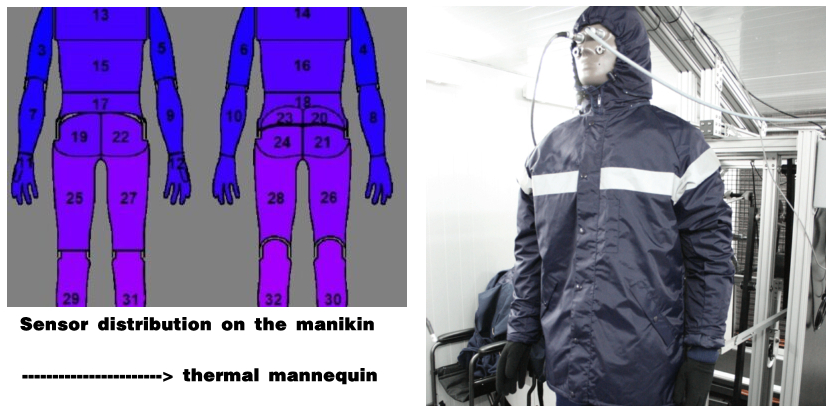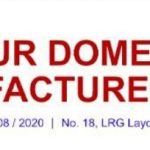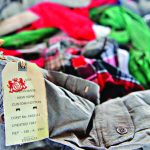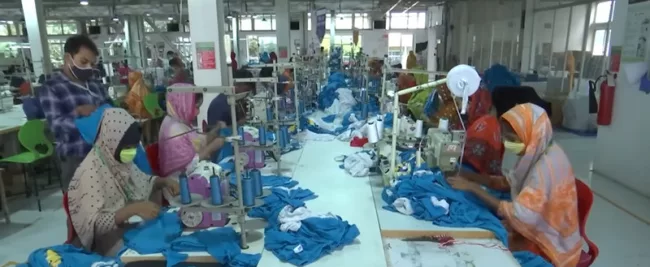
The Technological Textile Institute (AITEX) located at Alcoy – an industrial and university city in the Valencian Community, Spain – evaluates the comfort provided by clothing for companies seeking an added-value factor for their technical articles. In addition to the standard tests, AITEX offers its customers the possibility of working under their own test protocols. These protocols can be agreed between the customer and AITEX with the advice of the laboratory or they can be dictated by the customer. The Institute offers companies the technical knowledge they need and helps them to improve, innovate and develop new materials with enhanced thermal comfort.
Thermal Manikin – The latest laboratory equipment for analysing the comfort of textile garments
In today’s highly specialised market for technical garments, there is an endless array of specific fabrics for different activities, users and weather conditions. Evaluating the comfort provided by this type of clothing is achieved through a series of laboratory tests that determine the degree of comfort depending on the use and weather conditions to which the user will be exposed.
Clothing, footwear and gloves have three common objectives: to keep us warm, dry and comfortable. Breathability, thermal insulation and protection against wind and rain in clothing are essential considerations when determining if garments and fabrics are thermally comfortable.
The requirements for technical garments and fabrics are that they provide good evacuation of perspiration and are quick drying to maintain body temperature between 36.5 and 37.5 º C and, if they are materials for outdoor use, to protect from wind and rain.
The laboratory comfort tests are performed using a Wind Tunnel (for a garment designed to offer protection against the wind), Thermal Manikin (for a garment designed to offer protection against the cold and is breathable) and the Rain Tower (when the garment is waterproof). These objective tests provide data to issue a comfort certificate that will ensure that the garment will provide adequate comfort to the user.
The thermal manikin is used to evaluate the thermal insulation and breathability of garments. The manikin is equipped with a range of temperature and humidity sensors and a motion system capable of making the manikin walk, to simulate a wearer undertaking different activities. It is also equipped with temperature sensors to measure the insulation or breathability value of all the areas of the body separately.
AITEX also has a thermal manikin that simulates a 10-year-old child, which was specially designed for our laboratory in response to the need that exists in the market to study comfort in children’s wear.
The tests on the thermal manikin can be carried out under international standards or to customer specifications. The thermal manikin standards for which AITEX is accredited are:
EN ISO 15831:2004/ASTM F1291
Thermal insulation is the most important property for clothes designed to protect against the cold. It is measured on a ready-made garment, using a thermal manikin that simulates a person exposed to the cold.
The test provides a thermal insulation value for the garment known as its CLO.
AITEX also has a female thermal manikin with the body dimensions of a woman in the chest area, with additional temperature sensors in this part of the body. The female manikin’s chest measurements enables better-fitting women’s wear to be designed, improving sensitivity in this area.
ISO 23537-1:2016 /ASTM F1720-17
This standard measures the thermal requirements of sleeping bags for adults. The test provides a value for the comfort temperature, limit temperature and extreme temperature so sleeping bags can be labelled with their range of use, enabling the user to choose the right bag.
ASTM F2370-16
This standard measures the breathability of a finished garment. The manikin has a perspiration system and multiple sensors to measure breathability (Ret) in different areas of the garment.





